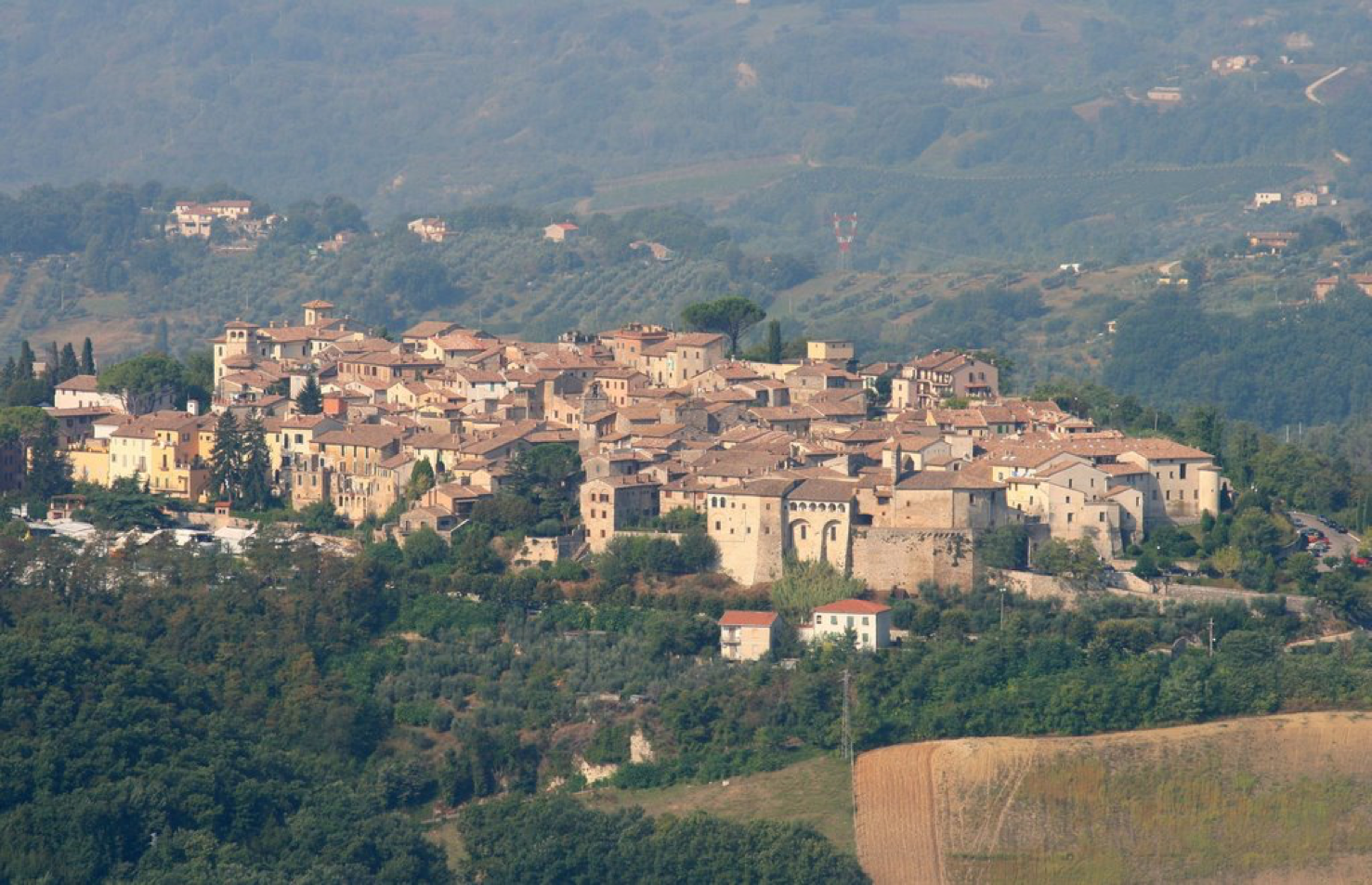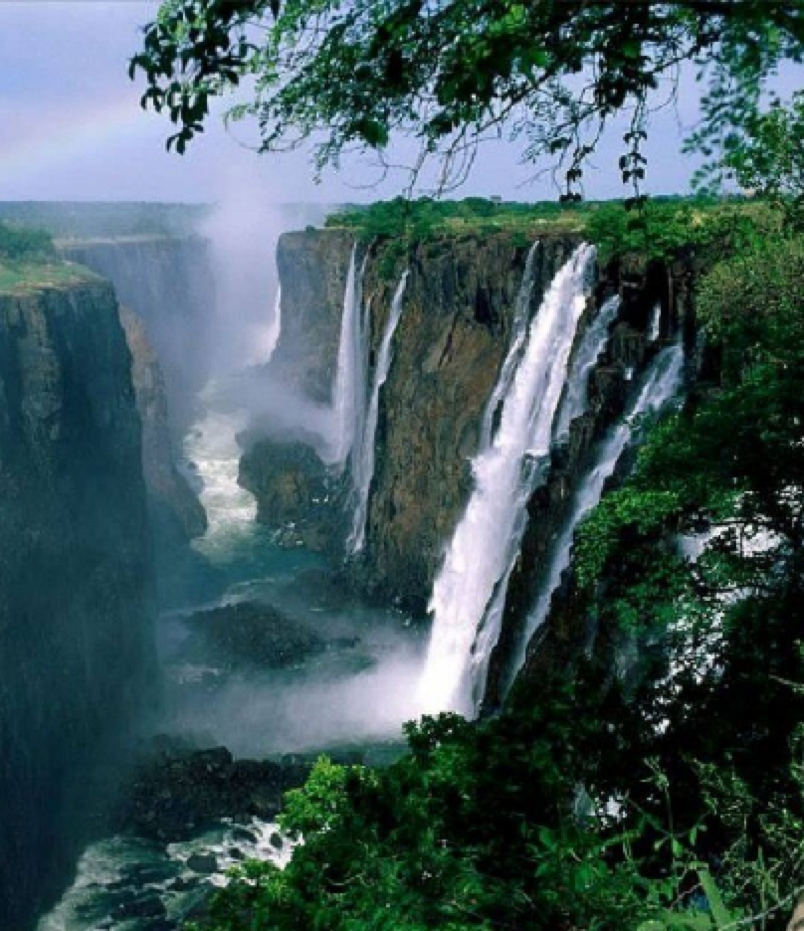
Fortunately, not all of Umbria was effected by the August earthquake. If you are tired of the tourist throngs in the great Italian art cities this autumn, retreat up to the serenity of San Gemini, a pristine medieval hill-town perched on the edge of the Monti Martani, on the southern border of Umbria, the ‘green heart of Italy’.
A town of great antiquity, ‘modern’ San Gemini was rebuilt in the Dark Ages out of stones dragged up the hill from nearby Casulae, a Roman city abandoned in the 4th century. In the 9th century Yemin, a Syrian refugee, preached here with such fervour that he was sanctified and the town took his name.
With its perfectly preserved historical centre, including the double medieval walls which look benignly over the surrounding valleys, San Gemini is classified as one the Borghi piu Belli d’Italia (an association of the most beautiful towns and villages in Italy) but it is a long way from a museum: over one thousand people still live in the old centre and every autumn, the lanes and piazzas buzz to the many international students who study here at the International Institute of Restoration and Preservation Studies.
With its fascinating heritage, fine food and wine, cafes and trattorias, beautiful views, forest walks, waterfalls and Roman ruins, San Gemini is a wonderful place to while away the last balmy days of summer.
How to get there:
Rail— Take a regional train from Rome. Florence or L’Aquila to Terni and then a local train or a bus (Busitalia) to San Gemini.
Car— Take the A1 Milan to Rome autostrada and then the Valdichiana or Orte exit and then the E45 state highway to San Gemini.
Where to stay:
Albergo Duomo, is in a beautiful palace in the centre of the old town, once owned by the princes of Santacroce. It has 38 rooms, many looking out of the picturesque rooves of the historic centre.
Residence Il Barone has four tastefully appointed apartments in the centre, perfect for a family.
B&B Stazione id Posta San Gemini, was once the old postal service station and has charming rooms in the centre.
Where to eat:
Taverna del Torchio (Piazza Garibaldi) a buzzy place with outdoor tables in the heart of the old town. Alimenti di Qualita (Via delle Mura 2). With the oldest oven in town, Luca Quintili has started to roast the classic porchetta umbra, as well as focaccia and panini, one of the stars of the town. Il Verde Olivo (Collemurello) a short drive out of town on a family-owned farm, this lovely little trattoria offers classic Umbrian dishes, including stuffed pigeon.
What to do:

Saturday morning—Explore the town’s extraordinary heritage. Start by visiting the Abbazia di San Nicolo, a recently restored medieval abbey set in gardens a short walk outside the town walls. Re-entering the town through the ancient Porta Romana, you should head to the town’s cathedral dedicated to St Gemine. From here you can visit the austere church of St Francis and then Palazzo Vecchio, which holds Roman mosaics from the 1st century.
You can then climb up the town’s fortress, with wonderful views over the surrounding valleys and visit the Guido Calori Museum, which permanent works by this celebrated Roman artist or the Museum of Earth Science, which explores the seismology that produces the town’s celebrated thermal springs and mineral waters.
Saturday afternoon—The important Roman road, the Via Flaminia, which connected Rome with Ravenna and the Adriatic coast, once ran through the valley beneath the walls of San Gemini. One of its most important relics is the abandoned town of Casulae, often referred to as the ‘Pompeii of Umbria’, three kilometres south of San Gemini. Its archaeological museum is worth a visit on its own.
A marked walking trail leads up from Casulae through forest to the Romita di Cesi, a wonderfully preserved Franciscan monastery that dates from the 12th century. Monastery is currently overseen by Father Bernadino, who also oversees the very simple accommodation offered at the monastery – there is neither running water not electricity but people queue to stay at the monastery and enjoy the tranquillity of the area.
To finish the day, visit the Azienda Agricula Vallantica, the largest wine producer in the district. Once owned by Antonio Canova, the celebrated Neoclassical sculptor, the vineyard has a spectacular setting. High on a hill with endless rows of vineyards looking out over the Terna valley. After a visit and tasting in the cellars, have dinner in the vineyard’s excellent restaurant.
Sunday morning—In the morning. visit Narni, the Roman town of Narnia, which guarded the entrance to the Nera River valley. The beautifully preserved town’s cathedral contains the Coronation of the Virgin, a masterpiece by Ghirlandiao, Leonardo da Vinci’s master, as well as a fascinating museum. The spectacular ruins of the nearby Ponte Augustus, a 1st century Roman bridge, was one of the highlights of the Grand Tour in the 18th and 19th centuries.
Sunday afternoon—Visit the Cascate di Marmore, the highest waterfalls in Europe. A number of marked trails lead up from the valley to a spectacular viewing platform. For dinner, stop at the marvellously rustic Osteria dello Sportello at Casteldilago and enjoy an infinite array of antipasti, local wine and music.
Alternately, you can enjoy an afternoon of cooking lessons, followed by dinner, in a lovely old palazzo in the heart of San Gemini under the attentive eye of Loredana Auturi, a young chef who learnt her craft in the kitchens of master chef Gaultieri Marchesi. You can learn local specialities or design your own menu (Percorsi con Gusto, San Gemini).
If you are looking for a holiday with a difference, then our friends at Enhance Travel would love to help!
Ph: (08) 8332 4144
